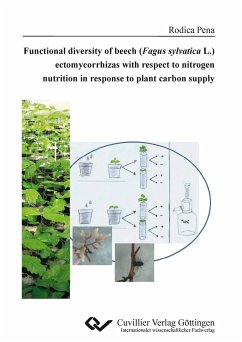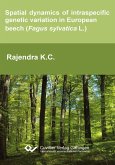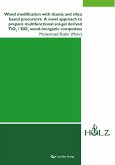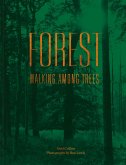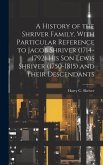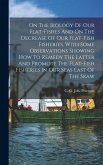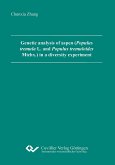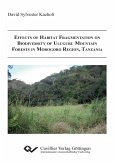European beech (Fagus sylvatica L.) is the dominant tree species of the potential natural vegetation in Central Europe. In temperate forest ecosystems not affected by anthropogenic activities, nitrogen is a growth-limiting factor. Beech trees form mutualistic associations with ectomycorrhizal (EM) fungi, which have the ability to take up different inorganic and organic nitrogen-containing compounds and to improve plant nitrogen-status. EM fungal communities and functions are therefore of major interest for tree nutrition. In this work, the functional diversity of beech ectomycorrhizas with respect to nitrogen (N) and carbon (C) availability has been investigated. The following hypotheses were tested: Mobilization of litter-derived nitrogen by EM fungi differs amongst fungal species in the first phase of litter decomposition. Long-distance EM exploration types accumulate more litter-derived N than short distance ones, because of their higher accessibility to the litter. Differences in litter-derived N accumulation between EM fungal species decrease over time with the increasing availability of litter-released N via the soil. Functional differences exist between EM fungal species with respect to nitrogen uptake and processing.

